Txikon leaves Everest, Urubko K2
One and a half weeks in Africa including the ascent of the 5895-meter-high Kilimanjaro lie behind me. High time to look at the two winter expeditions on Mount Everest and K2. Because they provided plenty to talk about, especially the expedition on K2. First, however, to the highest of all mountains: As he had already done in 2017, the Spaniard Alex Txikon abandoned his attempt to scale Mount Everest in winter without bottled oxygen. A summit attempt last week ended at 7850 meters, just below the South Col, because the cold was much more severe and the wind significantly stronger than predicted.
![]() read more
read more
The hidden mountain
Kilimanjaro played hide-and-seek with me. After the long trip from Cologne via Frankfurt and Addis Ababa to Tanzania, I was looking forward to taking a look at the highest mountain of Africa from the plane. Stupidly, I was sitting in the central aisle. When the pilot announced that Kilimanjaro was now on our left, I roused my neighbor and hurried to a window at the emergency exit to take a snapshot. But I came too late. The lucky ones were able to catch at least a glimpse of the Kili. I only saw clouds.
![]() read more
read more
4 questions, 4 answers with Tino Villanueva
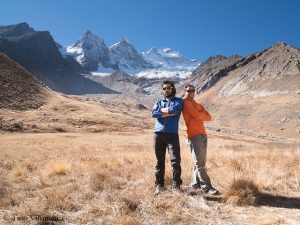
Tino Villanueva (l.) and Alan Rousseau (r.), in the background Rungofarka (the middle of the three peaks)
Better late than never. There was always something coming up, so I did not have the time to report on one of the most impressive climbing achievements of last fall. In the beginning of last October, Tino Villanueva and Alan Rousseau succeeded the first ascent of the six-thousander Rungofarka in the Indian Himalayas. The two American mountain guides first attempted a direct line through the North Face, but turned around at 6,000 meters. Later they reached in five days the summit of the well-shaped mountain via the North Ridge. Finally, I contacted Tino, and he answered my questions:
First of all congrats on your great performance. You succeeded the first ascent of the 6,495-meter-high Rungofarka. How far to your limits did you have to go?
![]() read more
read more
Bad weather slows down winter expeditions
“The weather is not the best,” Krzysztof Wielicki, leader of the Polish K2 winter expedition, writes on Facebook. “Full of clouds and wind.” Denis Urubko ascended via the Abruzzi Spur to an altitude of 6,500 meters to check the condition of the route. Some old ropes are to be replaced, says Wielicki. The Polish climbers had abandoned “for reasons of safety” their original plan to climb the Basque route (also known as the Cesen route). Previously Adam Bielecki and Rafal Fronia had been injured by rockfall. While Bielecki is able to continue, Fronia had to cancel the expedition because of a broken forearm.
![]() read more
read more
Another incident on K 2
For the Polish climber Rafal Fronia, the winter expedition on K2 is over. “Today, at 2pm local time, while approaching to Camp 1 (5,900m), a smoldering falling stone hit Rafał Fronia in the forearm causing a fracture,” expedition leader Krzysztof Wielicki informed from the base camp on Facebook. “After descending to the base and medical supply, he expects to be evacuated by a helicopter to the hospital in Skardu.” Fronia is to return home. In spring 2017, the Polish climber had scaled the eight-thousander Lhotse in Nepal without bottled oxygen.
![]() read more
read more
Nanga Parbat: Revol’s anger after the rescue
“We could have saved Tomek.” With this sentence, the French mountaineer Elisabeth Revol has triggered a debate. Could her Polish rope partner Tomek Mackiewicz still be alive, whom, suffering from severe high altitude sickness and slowblindness after their summit success on Nanga Parbat, she had had to leave at 7,200 meters, if the rescue at the end of January had started faster? On the late evening of 25 January, Revol had made several emergency calls. “It’s a race against the clock when you set off a rescue,” Elisabeth said at a press conference in Chamonix on Wednesday. “It took, in fact, 48 hours for something to happen. So clearly I have a lot of anger inside of me – and Tomek could have been saved if it had been a real rescue carried out in time and organized.”
![]() read more
read more
Moment of shock for Adam Bielecki on K2
“Eh, that was close,” Adam Bielecki writes on Facebook from K2 Base Camp. “Several dozens of meters below camp 1 [at 5,800 m] I was hit by a big stone. The result is a broken nose and six stitches, which were professionally put by Piotr Tomala and Marek Chmielarski directed by phone instructions from Robert Szymczak. In a few days I should be back in a perfect condition.” Previously, Krzysztof Wielicki, the leader of the Polish winter expedition on the second highest mountain on earth, had reported that Bielecki had been injured on the forehead and nose, although he had worn a helmet. Wielecki emphasized that the 34-year-old had not lost consciousness and was still able to descend to the base camp: “We hope that he will soon be back to full strength.”
![]() read more
read more
New expedition rules in force in Nepal
The much-discussed new rules for expeditions in Nepal are in effect. According to Dinesh Bhattarai, General Director of the Ministry of Tourism, the amendment of the mountaineering rules was published today in the government gazette. “The Department of Tourism can now issue certificates to the Sherpa summiters,” Bhattarai told the newspaper “The Himalayan Times”, referring to the only new rule that in advance had been met with approval by all sides.
![]() read more
read more
Nanga Parbat: Triumph and tragedy
The ridge is narrow at the highest mountains in the world, between luck and danger, between life and death. On Thursday of last week, Elisabeth Revol and Tomek Mackiewicz reached the 8,125-meter-high summit of Nanga Parbat. Elisabeth was the first woman to succeed a winter ascent of this eight-thousander, Tomek the first Pole to set foot on the highest point of Nanga Parbat in the cold season. In the seventh attempt Mackiewicz had finally fulfilled his big dream. For Revol, it was the third attempt, all together with Tomek. The two climbers did not have time to enjoy the second winter ascent of Nanga Parbat on the summit. They were late, it was already 6 pm local time and dark. That was still the smaller problem. “Tomek told me ‘I can’t see anything any more’,” Elisabeth reports from a French hospital, where her severe frostbite on her hands and feet is being treated. “He hadn’t used a mask because it was a bit hazy during the day and by nightfall he had ophthalmia (an inflammation of the eye). We hardly had a second at the top. We had to rush to get down.”
![]() read more
read more





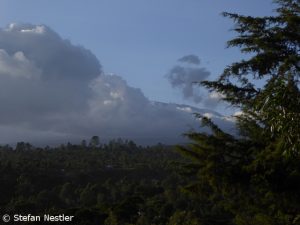
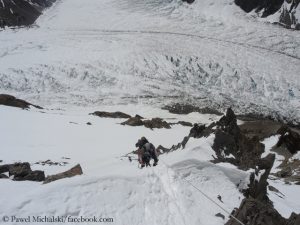
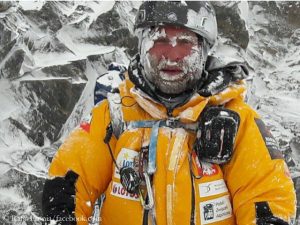
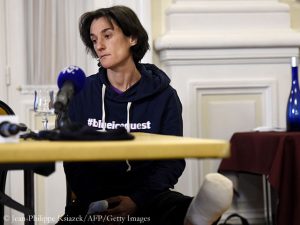
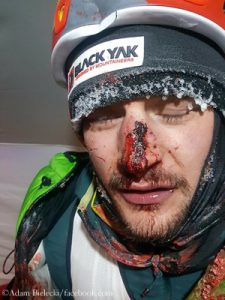
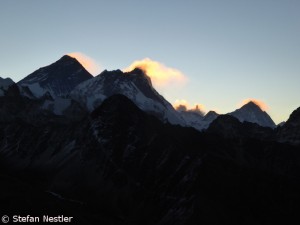
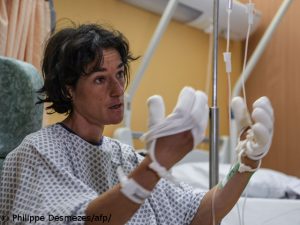

Feedback